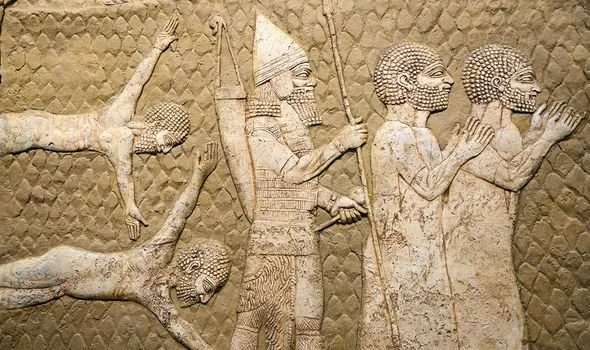Archaeologists stunned by ancient Babylonian device: ‘More advanced than we thought’
Babylon was the city where some of the most influential empires of the ancient world ruled. For a long time, it was the capital of the Babylonian Empire, and was considered to be the global centre of commerce, art and learning, and is even estimated to have been the largest early city in the world — perhaps the first to reach a population of more than 200,000 people.
Today, it resembles more of an archaeological excavation site in progress and has only several thousand residents and a few villages within its boundaries. It holds some of the greatest secrets of the ancient world, including the Tower of Babel, which is first mentioned in Genesis in the Bible.
In 1894, Edgar Banks, an American archaeologist, discovered a stone device and sold it to antique collector George Plimpton. He eventually passed it on to Columbia University in the 1930s, and the tablet is today known as Plimpton 322.
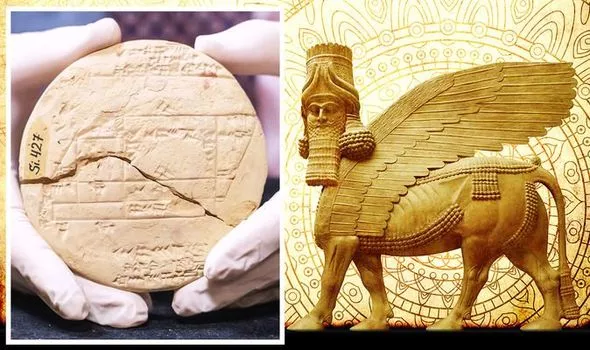
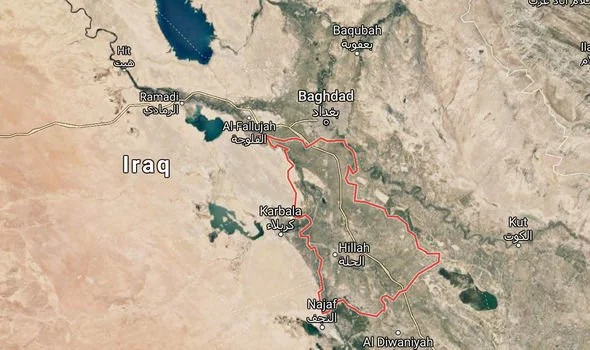
At the time, researchers did not realise how important the tablet was, and it was not until 1945 that experts realised it contained Pythagorean triples.
But then the tablet was forgotten, and it was not until this year that Dr Daniel Mansfield, from the University of New South Wales, Australia, was given access to it, revealing the full extent of the device’s wonder.
Speaking to the BBC’s reel exploring the tablet, titled, ‘Evidence ancient Babylonians were far more advanced than we thought, he described it as the, “most interesting, most sophisticated mathematical document from the ancient world”.
It tells us that past civilisations understood mathematics a lot better than we thought.
In particular, it shows how the Mesopotamians understood Pythagorean triples at a level of sophistication “that we never expected”, according to Dr Mansfield.
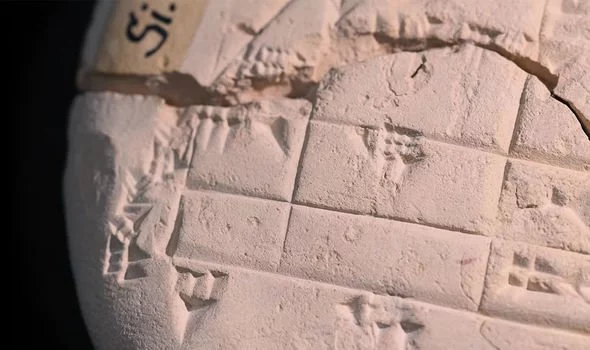
Traditionally, the history of geometry starts in Ancient Greece, where astronomers used the technique to understand the movement of celestial bodies through the night sky. The most famous relation in geometry is the relation between the sides and the hypotenuse of a right triangle, in modern times known as Pythagoras’ Theorem.
But, as Dr Mansfield noted: “In reality, elements of this understanding are apparent throughout history.”
The tablet proves that about a thousand years before the Greek astronomers were looking at the night sky, Babylonian surveyors had their own unique understanding of right triangles and rectangles.
But, rather than using the technique to look at the night sky, they applied it on the ground in day-to-day life.
They did not have what we today call the theorem.
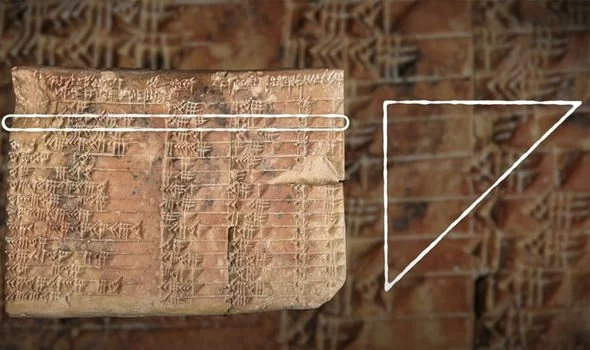

Instead, they knew all the particular cases where the theorem held true, myriad examples of rectangles that had pleasant, easy to manage measurements. New research from Dr Mansfield and his team has since shed light on a long-standing mystery: how the ancient Babylonians may have actually used these tablets.
He explained: “This tablet shows us that the application is actually surveying, these people are making boundaries and making really accurate boundaries using their understanding of geometry.
“Pure mathematics is the study of mathematics for its own sake.
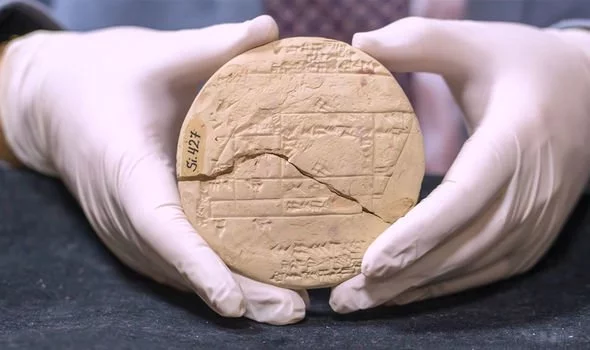
“But it’s often motivated by the problems of the day.
“Plimpton 322 arguably fits into this category because we see a mathematician generating all these rectangles and then analysing them to see which ones have regular sides, which is a relevant problem in contemporary surveying.”
The tablet shows us that Babylonian surveying became a lot more accurate during this time.
